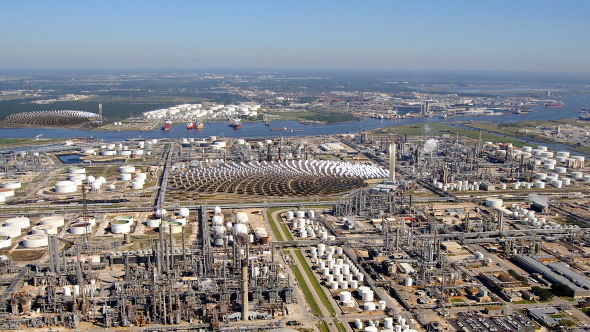
Solar energy, the biggest energy resource of our planet, has a huge potential concerning the production of fuels such as hydrogen. The direct conversion from solar energy to fuels – also without going via electricity – is a current research theme of the DLR Institute of Solar Research.
Successful processes for the production of large amounts of solar fuels would be a solution for covering the increasing energy demand of the next generations without releasing environmentally harmful CO2 in the atmosphere.
At the Institute of Solar Research, research is being done within this field by scientists at the department of Solar Chemical Engineering.
Two types of solar radiation are used for the production of hydrogen or synthesis gas. One of them is the highly concentrated radiation for separating water and carbon dioxide into water, carbon monoxide and oxygen. This may be done within the temperature range of 800 to 1500°C in so called thermochemical processes.
The second type uses single photons in the solar irradiation. The light energy stimulates the photo(electro)chemical reactions that separate water and carbon dioxide. In order to increase the reaction speed as well as the reaction conditions, additional electrical energy may be added. These reactions take place below 100°C.
Hydrogen may be converted to electricity for stationary and mobile use in fuel cells. In addition, hydrogen is an important resource in the chemical industry. Together with carbon monoxide, the synthesis gas may be converted into liquid fuels in for example a Fisher-Tropsch process. This is a way to produce for instance CO2-neutral kerosene for a sustainable aviation.
Renewably produced hydrogen may also, for example in a Haber-Borsch process, be converted to fertilizers with nitrogen from the air in order to replace conventional fertilizers produced with natural gas.
Researchers at DLR and at other international research centers are working on the basics of the technologies described above. Yet a few more years of intense research is needed before releasing them on the market. In order to speed up the implementation of solar fuels, transitional technologies that combine new technologies with established ones are important.
One example may be the reformation of natural gas together with the generation of heat from solar thermal power plants such as solar power towers. In addition, the consumption of fossil energy sources may decrease in the reformation to fuels. The integration of solar energy in the value chain for fuels may also lower the risks when the thermochemical and photochemical separation processes for water and carbon dioxide described above are to be implemented on the market.
The gained experiences and profits can then be invested in the more innovative processes. That is one way for further development of the process for solar reformation of natural gas with an as fast implementation on the market as possible.
Our vision is to integrate solar thermal power plants in large chemical plants, so called chemistry parks, as suggested in the photomontage above.
Contact
Prof. Dr. rer. nat. Christian Sattler, Director
German Aerospace Center
Tel.: +49 2203 601 2868
Source
DLR, press release, 2023-03-07.
Supplier
Deutsches Zentrum für Luft- und Raumfahrt e. V. (DLR)
Share
Renewable Carbon News – Daily Newsletter
Subscribe to our daily email newsletter – the world's leading newsletter on renewable materials and chemicals









